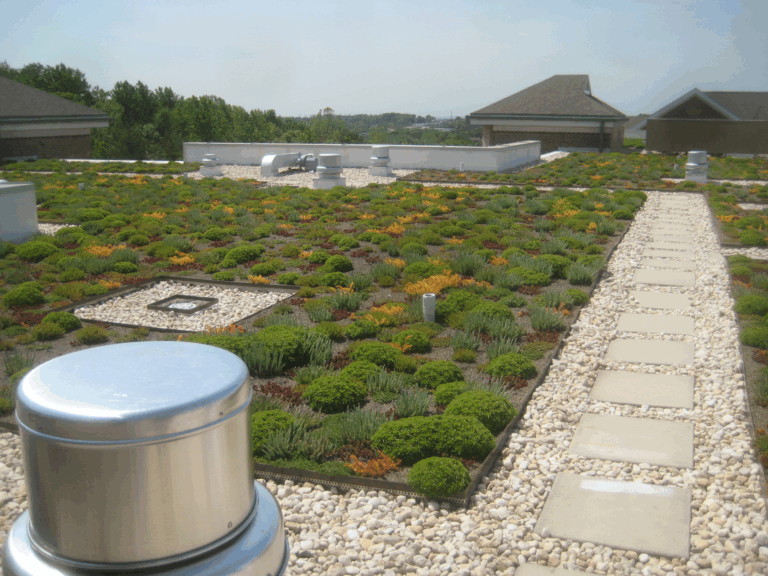May 3, 2013—Stroud Water Research Center recently announced that its Moorhead Environmental Complex has achieved LEED Platinum, the highest level of certification established by the U.S. Green Building Council and verified by the Green Building Certification Institute (GBCI) under the USGBC’s prominent LEED (Leadership in Energy and Environmental Design) program for the design, construction, and operation of high-performance green buildings.
Since 1967, the center has been pioneering groundbreaking research in the field of freshwater science, and that research has yielded valuable insights into how streams and rivers work and how their health can be impaired as well as restored and preserved, says Stroud Water Research Center. The building utilizes and treats water in a way that more closely mimics nature—leaving a smaller overall environmental footprint, better protecting a local creek, and acting as both a teaching vehicle and a replicable model for others to follow. Given its purpose, it was only fitting that the center’s management would also work to make the building a model for sustainable practices for managing water.
LEED certification of the Moorhead Environmental Complex was based on a number of green design and construction features that positively impact the project itself and the broader community. Some of the green features on site include:
- Stormwater management using natural landscaping with porous surfaces, a green roof, a rooftop rainwater capture system, and rain gardens with native vegetation;
- Sustainable water use and treatment via water-efficient fixtures, a rooftop rainwater capture system feeding water-efficient toilets, a wetland wastewater treatment system, and several composting toilets;
- Overall energy efficiency via a geothermal system, radiant heating, natural ventilation, solar power, high-efficiency windows, sunshades, soy-based spray-foam insulation, and recycled slag mineral wool interior insulation; and
- Recycled and locally sourced materials, indoor environmental quality via low-emitting materials, efficient and task-specific lighting, and maximum use of natural ventilation and light.
Especially notable is the rainwater capture system, which is used to flush toilets and provide a water source for the center’s chemistry labs. It will also be assessed for use as a source of potable water, according to the center’s management.




